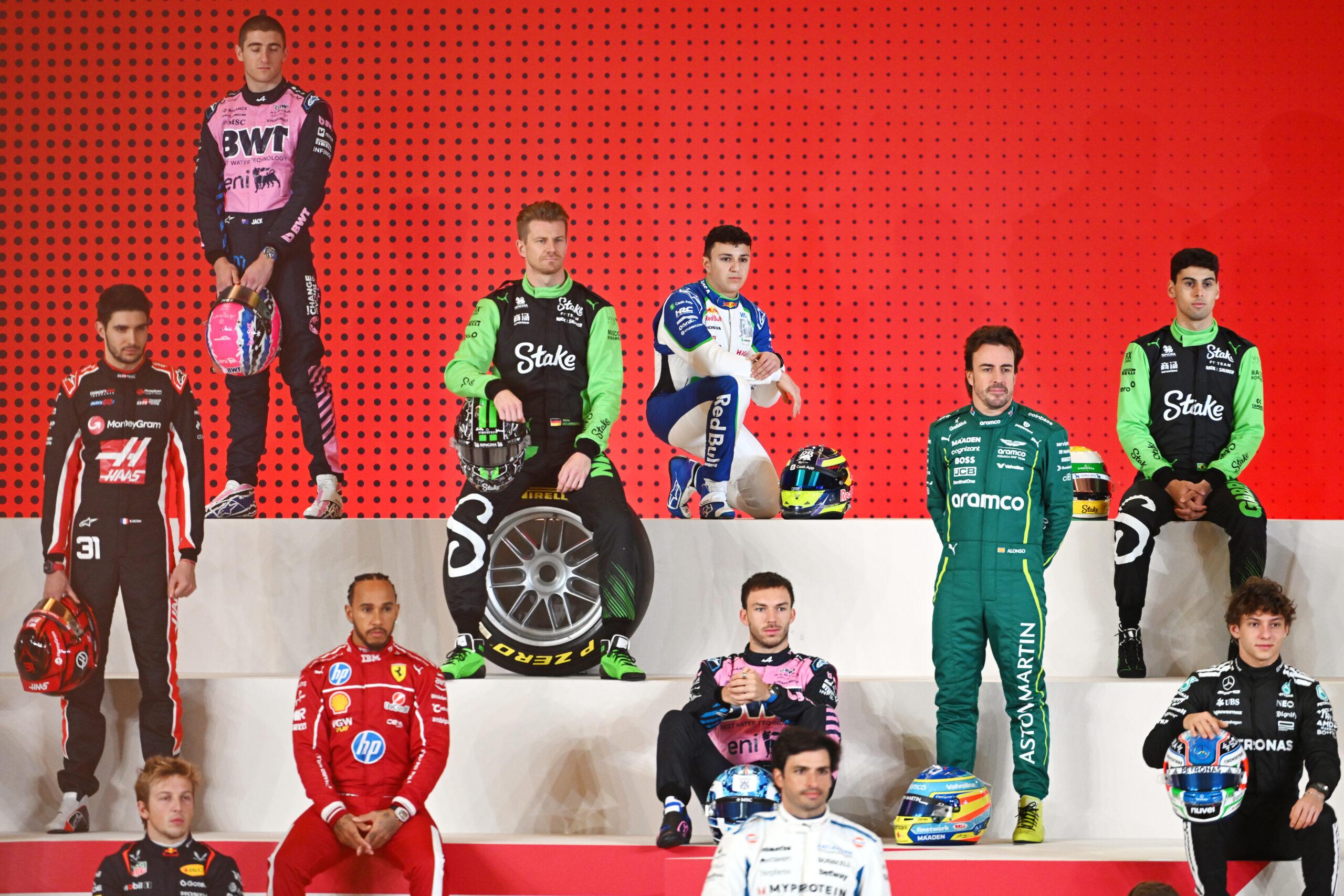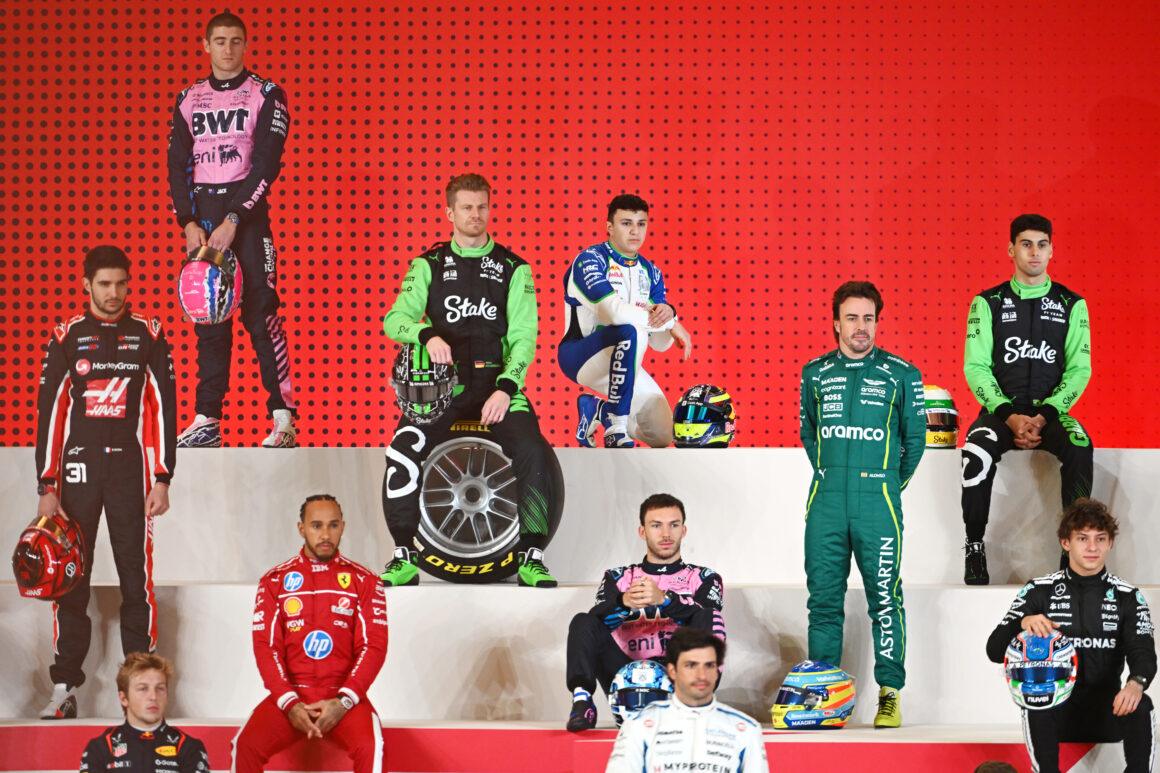Let’s settle it: Formula 1 fuel isn’t rocket juice, it’s premium road-legal fuel in a tuxedo. The rulebook forces it. The engineering makes it vicious. And if you think teams are sneaking nitro in the tank, file that under: Yikes.
Modern F1 runs on turbo-hybrid engines that sip fuel like it’s rare whisky—because efficiency wins races. The fuel type? Unleaded gasoline that must mirror what you can buy at a pump, just tuned to within an inch of its life. The trick is chemistry, not witchcraft.
What Fuel Do F1 Cars Use?
F1 cars use unleaded gasoline built to strict FIA specs. It’s not aviation fuel, not ethanol-only, and definitely not diesel. Call it high-performance pump fuel: similar base chemistry, tighter tolerances, smarter additives. Legal and lethal. The competition? Reduced to expensive spectators.
Each team partners with a fuel supplier—think Shell, Petronas, ExxonMobil—to develop blends optimized for thermodynamic efficiency and knock resistance. But every drop must pass FIA compliance checks. Deviate, and the scrutineers will treat your trophy like lost property.
Octane in F1: How High Is High Enough?
Octane is the bouncer at the combustion club—keeping knock out. F1 fuels hit research octane numbers around the high 90s to about 102 RON, depending on era and regs. The exact number’s not printed on the bottle, but the intent is clear: maximum anti-knock without exotic tricks.
Why care? Turbo V6 engines run brutal cylinder pressures and sky-high temps. Low octane? Boom. Well, more like pinging, pre-ignition, and melted hopes. High octane lets engineers push aggressive ignition timing and boost for power without detonating their weekend.
Octane vs Power: The Real Deal
Octane doesn’t add power by itself. It allows the engine to run settings that do. Think higher boost, more spark advance, tighter lambda targets. That’s where lap time lives. Without octane headroom, your engine map becomes a fear map.
So yes, higher RON helps, but within FIA limits. F1 power units are optimized for combustion speed, not just knock resistance. Slow fuel? You lose power. Too fast? You risk instability. Walking that tightrope is where the chemists earn their champagne.
Fuel Regulations: The FIA’s Tight Leash
No, teams can’t dump methanol, hydrazine, or unicorn tears into the tank. The FIA’s rulebook locks the chemistry. The fuel must be hydrocarbons typical of commercial gasoline, with strict composition limits on aromatics, olefins, oxygenates, and density. Everything is sampled, logged, and checked.
If your fuel sample doesn’t match the pre-approved reference from your supplier for that event, congratulations—you’ve just turned your race into a very expensive test session. Somewhere, a PR manager just had a minor stroke.
Key Fuel Rule Pillars
- Composition: Must resemble commercial unleaded gasoline; banned exotic compounds.
- Octane and volatility: Within defined windows to prevent unfair combustion tricks.
- Energy and density: Capped to stop sneaky high-energy brews.
- Fuel flow and total mass: Flow limited by a sensor; race fuel is tightly rationed.
Translation: Creativity allowed, witchcraft banned. The plot thickens like a team’s excuse list.
Fuel Flow, Total Fuel, and Race Strategy
F1 isn’t just flat-out; it’s chess at 300 km/h with a stopwatch. The fuel flow limit prevents brute-force fuel dumping for power. Teams must squeeze power from every molecule. Welcome to Thermodynamics 101: Pain Edition.
Total race fuel is capped, forcing relentless efficiency. Drivers lift-and-coast to save grams per lap. The engineers cry over brake migration and engine maps. When someone gets it wrong? Another masterclass in how NOT to run energy management.
Hybrid Systems: Fuel’s Best Friend
The MGU-H (historically) and MGU-K harvest energy so the engine can breathe easier. Less fuel burned, more hybrid shove. Deploy at the right time and you pass. Deploy wrong and you’re collecting disappointments like they’re Pokemon cards.
That synergy defines modern F1. This isn’t V10 nostalgia. It’s a combustion-meets-electrons street fight—and fuel quality still matters.
Sustainable Fuel: The Future Is Already Knocking
F1 has been blending in renewable content and is marching toward fully synthetic, sustainable fuels. The target? Drop-in fuels made from captured carbon or biomass that can work in normal road cars. Big claim. Bigger impact if delivered.
This isn’t PR fluff. The lab work is serious. If F1 makes sustainable fuels fast and reliable under race stress, your next sports car could sip the same chemistry—minus the marshals and tire blankets.
From E-Fuels to the Grandstands
Expect more non-fossil carbon sources, tighter lifecycle emissions accounting, and stricter compositional caps. The rain of regulation is coming like that friend who causes drama at parties. Teams will adapt, or get drenched.
The aim is performance parity with today’s fuels. If they nail it? Lights out and away we… oh wait, the chemists already won.
Common Myths: Let’s Torch Them
Myth one: “F1 uses jet fuel.” No. It’s gasoline. Legal, unleaded, and heavily policed. Myth two: “Octane equals power.” Not directly—octane enables power. Say it with me: knock resistance equals headroom.
Myth three: “Teams add magic additives.” The FIA samples and matches fuels before and after sessions. Try a magic potion and you’ll be trending for all the wrong reasons. File this under: Yikes.
Signature Moves, Fueled Properly
When a driver goes full send, the fuel’s doing its job. Think the ol’ Verstappen divebomb special—warranty void where prohibited—powered by predictably stable combustion and ruthless calibration. No knock, no drama, just physics.
Hamilton activates hammer time? That’s clean burn, sharp timing, full hybrid deployment. Classic Alonso late-braking? The engine doesn’t flinch. The chemistry makes the courage possible.
Quick Reference: F1 Fuel Facts
| Category | What It Means | Why It Matters |
|---|---|---|
| Fuel Type | Unleaded gasoline, FIA-compliant | Road-relevant tech, tight policing |
| Octane (RON) | High 90s to ~102 (typical ranges) | Prevents knock, allows aggressive tuning |
| Additives | Permitted within strict limits | Optimizes stability and cleanliness |
| Fuel Flow | Sensor-limited rate | Stops brute-force fueling, rewards efficiency |
| Total Fuel | Race cap enforced | Strategy and lift-and-coast games |
| Sustainability | Rising renewable/synthetic content | Lower lifecycle CO2, road relevance |
The Final Word: Fuel Wins Quietly
Engines get the glory. Fuel writes the script. The right blend keeps combustion smooth, turbos happy, and hybrids synced. Get it wrong and your Sunday becomes a rolling chicane—slower than my grandmother’s WiFi.
F1’s fuel rules force innovation without circus tricks. The chemists don’t just mix liquids. They build performance. And when the lights go out, the best fuels send everyone else back to karting school.

